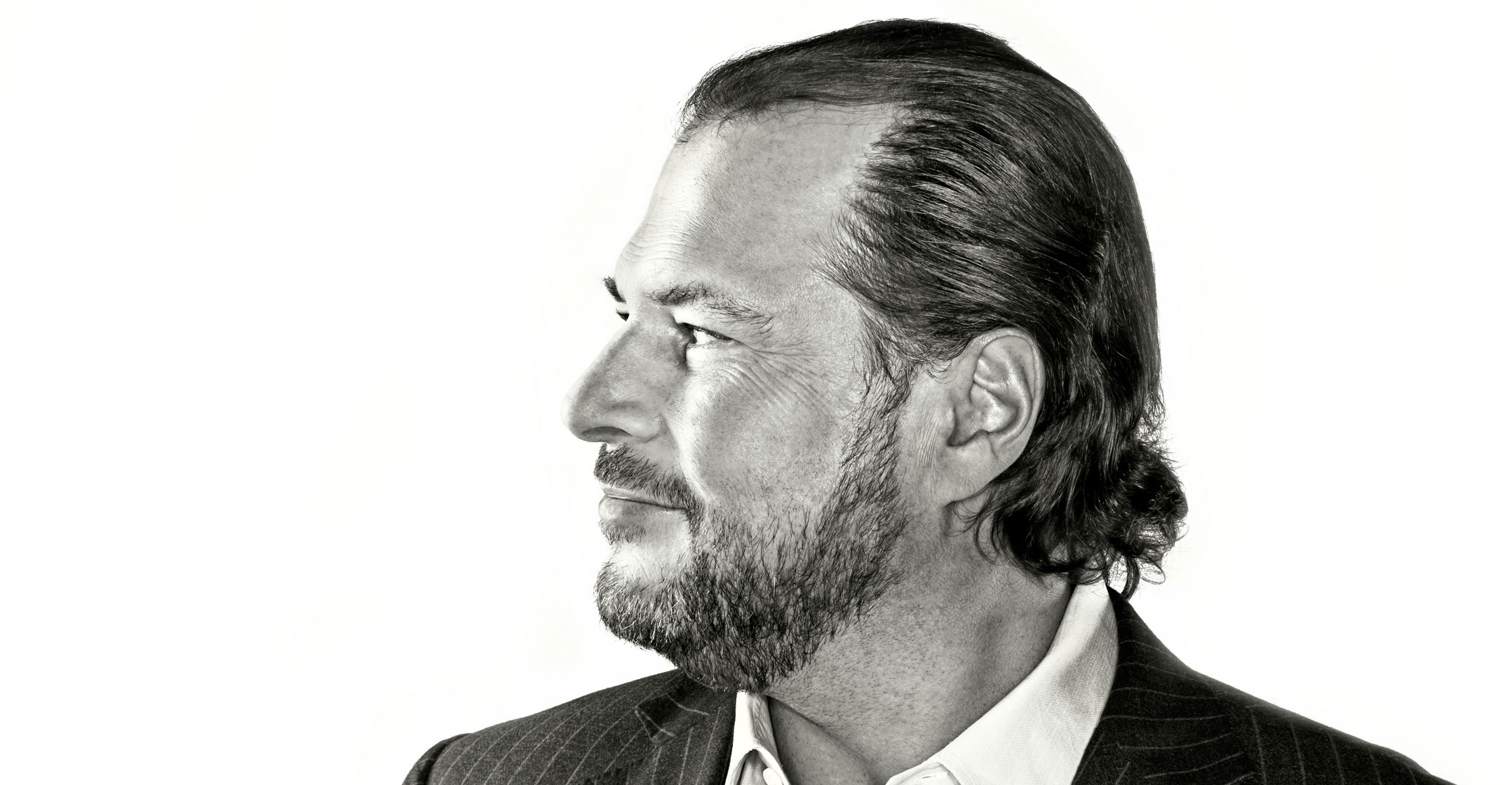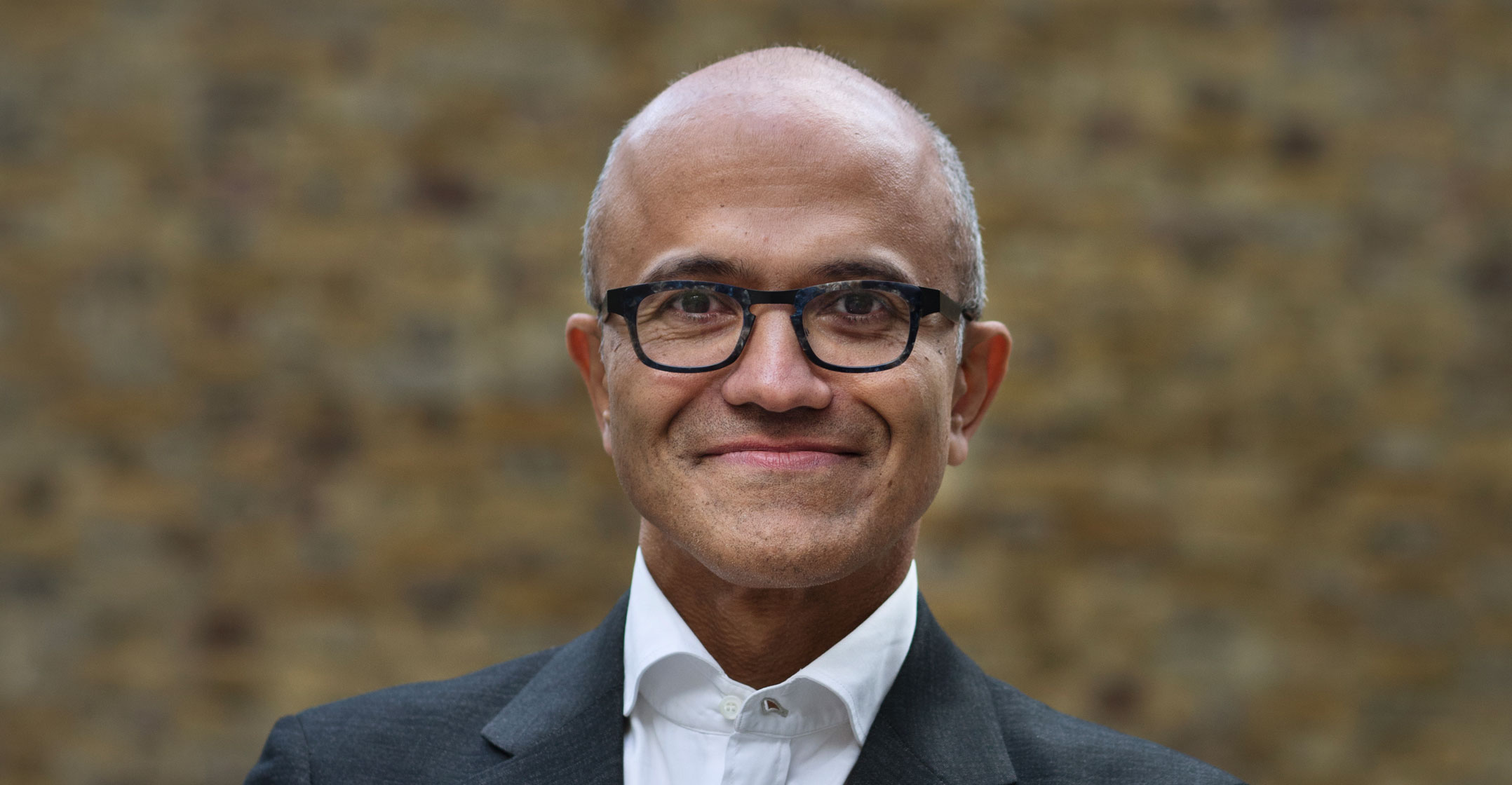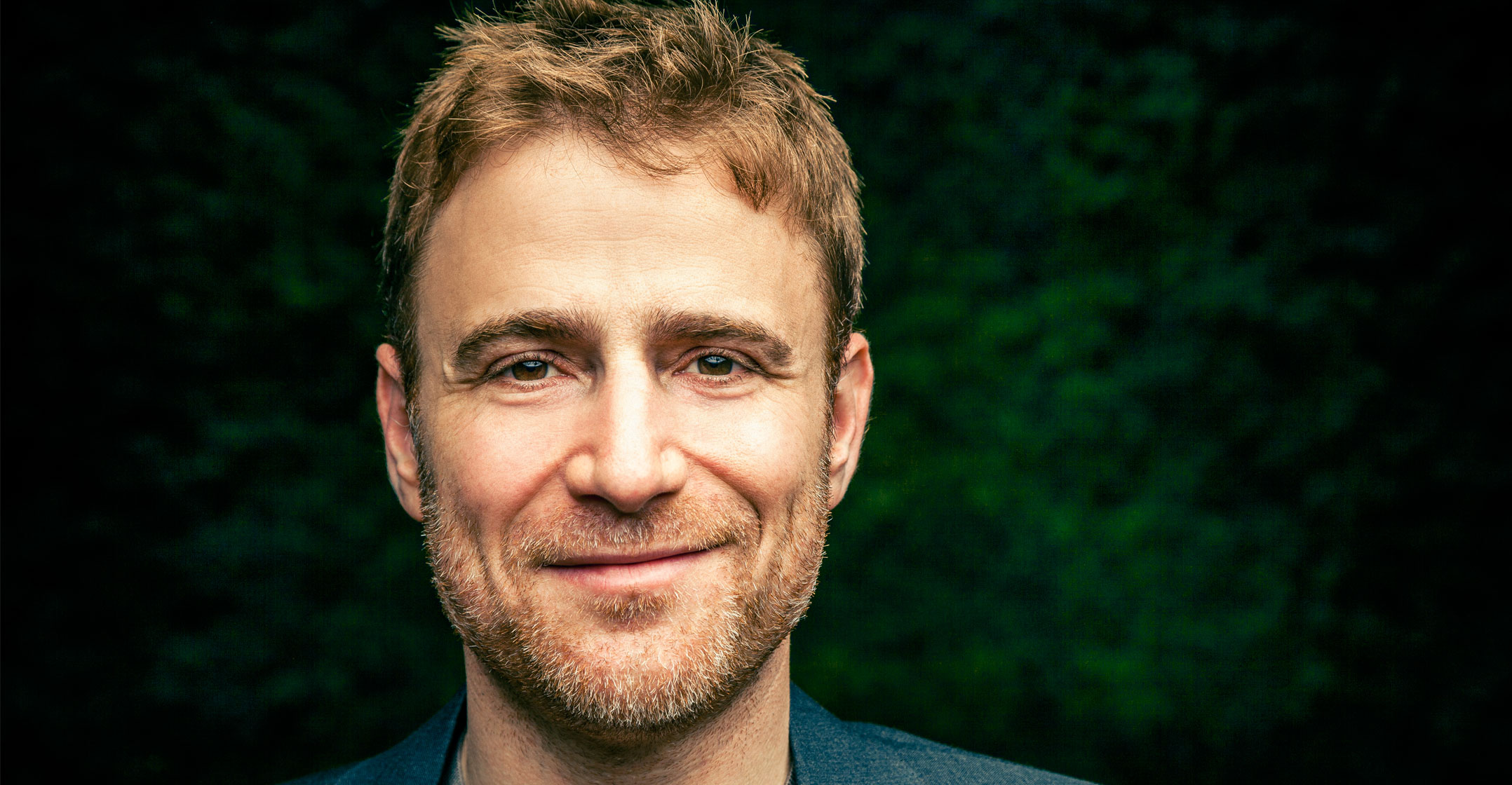
Salesforce.com’s US$27.7-billion takeover of Slack Technologies represents co-founder Marc Benioff’s most aggressive effort yet to challenge reigning software marker Microsoft.
The cash-and-stock deal, announced Tuesday and expected to close by July, will bring a workplace communications application that’s grown more popular during the coronavirus pandemic to Salesforce’s ever-expanding platform. In the process, the app maker will come into greater conflict with the world’s largest software company, which offers a competing product named Teams.
The purchase of Slack, an existing partner with less than $1-billion in annual revenue, fulfils Benioff’s long-held goal to make Salesforce’s software relevant to a broad swath of corporate employees, beyond the marketers and account representatives who log on to the company’s programs each day. At stake is the chance for Salesforce, a maker of cloud-based apps for managing customer relationships, to elevate itself to the very top of the software industry.
Benioff has what he calls a “$50-billion dream” for Salesforce’s annual revenue, which would surpass every maker of business applications short of Microsoft. The chairman and CEO, who has been the overseer or architect of more than 60 deals since his company’s start in 1999, is getting something he has sought for more than a decade — a transformational communications asset. He’s also further cementing Salesforce as Microsoft’s chief rival in business applications.
The transaction, which is Salesforce’s priciest and one of the biggest acquisitions this year, isn’t something Benioff had planned to do during the pandemic. But he said the deal could reshape the software landscape and projected bravado that Salesforce had met its moment.
‘Are you strong?”
“We’re going to help them to just redefine the entire industry,” Benioff said of Slack during a conference call with analysts. “When the moment and the opportunity arises, you have to look and ask yourself, are you strong? Can you do something like this? Or are you weak? Or is it a moment where you just don’t have the swagger? And let’s face it. Look at these numbers we just delivered. Salesforce has never been stronger, never been more capable, it’s never had a more competitive position.”
Microsoft’s Teams product, which hosts video conferences, offers a workplace chatroom and provides automation tools, is a top competitor to Slack. Salesforce will inherit the rivalry, which has grown acrimonious, with Slack complaining about Microsoft to regulators.
Salesforce and Microsoft themselves have had a turbulent relationship in the past several years. Benioff was one of the first rivals Satya Nadella forged closer ties with when he took over as Microsoft CEO in 2014, but the executives’ relationship fractured in 2016 when Redmond, Washington-based Microsoft acquired the social network for professionals, LinkedIn. Nadella beat Benioff to the asset and reinforced Microsoft’s intention to compete fiercely with Salesforce’s main business. LinkedIn would have complemented Salesforce’s sales-tracking product and boosted its profile. The San Francisco-based company unsuccessfully urged European nations to block the Microsoft-LinkedIn deal on antitrust grounds.

The freeze thawed somewhat last year when Salesforce and Microsoft signed a new cloud partnership. Now another acquisition, this one by Salesforce, adds a new dimension to the rivalry.
“Slack is probably a bigger threat to Microsoft in some ways than Salesforce is because Slack’s use case hits at the heart of Microsoft’s information worker’s productivity suite,” said Gregg Johnson, a former Salesforce executive and the CEO of Invoca, which uses artificial intelligence to help businesses track and analyse customer conversations. “That’s like the jewels in the crown of Microsoft. Dominating the information worker is how Microsoft has printed money for 25 years.”
That market dominance explains why Microsoft has been so “aggressive” in rolling out Teams, he added.
In July, Slack asked European Union antitrust regulators to probe Microsoft, claiming it unfairly foists Teams software on millions of users by distributing it for free with its Office cloud product suite.
Microsoft entered Slack’s business in 2017 after considering an acquisition of Slack and opting instead to build Teams. As of 28 October, Teams had 115 million daily active users, up from 75 million in April. Slack has said it has a different way to define a daily active user than Microsoft, and prefers to disclose usage metrics that highlight engagement. In March, the company said more than 12.5 million people were using its app simultaneously, which was a record.
Toe to toe
“Everyone is feeling Microsoft’s dominance in the space,” Daniel Elman, an analyst at Nucleus Research, said in an interview. “This deal is going to help Slack grow in a way it hasn’t before.”
Benioff’s company and Microsoft already compete in the market for software that salespeople use to manage their deal pipelines. Microsoft’s offering is called Dynamics 365. They also vie for clients trying to improve productivity with Microsoft’s Office 365 and Salesforce’s Quip, an acquired product that is a market laggard.
Salesforce’s last record deal, about $15-billion for Tableau last year, was an attempt to go toe-to-toe with Microsoft in analytics software and business intelligence.
In effect, Salesforce has been encircling its larger foe, replicating its footprint to tap into greater growth opportunities. So far, the strategy has been effective. Salesforce projected that its revenue could reach as much as $25.6-billion in the next fiscal year, almost double the company’s performance in the fiscal year that ended about two years ago.

“With Tableau, Salesforce could sell to more general data analysts,” Elman said. “Slack takes it to a whole other level. Everyone in an organisation can use Slack.”
While Slack has grown steadily during the pandemic, its share price has gained modestly relative to peers this year because of weak billings from small and mid-sized clients and concern about the amount of traction that Microsoft Teams was gaining.
Salesforce chief operating officer Bret Taylor organised the deal with Slack CEO Stewart Butterfield before pitching Benioff on the idea.
“What’s very exciting is this vision that Stewart and Bret have put together,” Benioff said in a conference call. “It’s a ‘wow’.”
Taylor, who sold his company, Quip, to Salesforce, said Slack will be deeply integrated with the app maker’s software suite to help its customers’ employees.
“It really is about facilitating this all-digital, work-from-anywhere world, to enable team selling, to enable people in a contact centre to swarm on a case digitally whether or not you’re in the same building, to enable marketers to plan a campaign,” Taylor said.
Big role
This pitch aligns with Benioff’s goal for his company to play a big role in office communications — an ambition that has so far failed to materialise.
The same year that Slack was founded, in 2009, Salesforce debuted a similar tool called Chatter at its annual user conference. A messaging platform, Chatter features groups that are like Slack channels, with comment threads and file-sharing capabilities. Salesforce bought a Super Bowl ad in 2011 that featured a cartoon version of recording artist Will.i.am trying to get viewers to go to chatter.com, with a requisite cameo from Fergie. Salesforce would include a version of Chatter with every user licence, but a decade later the service hasn’t spurred much conversation.
“Marc has always had a vision for having Salesforce ultimately touch all employees in a company, not just people in sales, service and marketing,” said Johnson, who served as vice president of product management for Chatter from 2010 to 2013. “We never achieved that goal with Chatter. Chatter was still largely a tool for sales, service and marketing users, whereas Slack has achieved mass-market adoption across every department of a company.”

Salesforce and Slack said that once their combination is complete, they’ll “create the operating system for the new way to work”, which sounded like a veiled reference to Microsoft, maker of the most popular operating system for PCs.
“Salesforce started the cloud revolution, and two decades later we are still tapping into all the possibilities it offers to transform the way we work,” Slack’s Butterfield said in a statement. “This is the most strategic combination in the history of software, and I can’t wait to get going.” — Reported by Nico Grant, (c) 2020 Bloomberg LP

